Here is a collection of items to reference for guaranteeing adherence to HIPAA. HIPAA oversees the management of secure medical data. This regulation was established to adhere to industry norms for cybersecurity, internal user access, data management, and electronic invoicing. The primary rule that needs to be adhered to is maintaining the confidentiality of medical information. Neglecting to safeguard the patient’s confidential medical data can lead to severe consequences due to breaches of HIPAA. A trustworthy firm creating mobile applications will ensure their apps meet HIPAA regulations to safeguard patient data and prevent penalties.
What is the HIPAA compliance checklist?
In reality, the HIPAA compliance checklist ensures that your organization complies with HIPAA requirements for the safety and security of Protected Health Information (PHI). Furthermore, if your organization fails to comply with HIPAA regulations and there is no breach, it can result in criminal charges and civil action lawsuits. On the other hand, HIPAA compliance covers all the bases of privacy and security to avoid penalties. The HIPAA privacy and security rules are also dissected and compiled to provide the HIPAA compliance checklists. Again, to avoid the penalties, the entities should seek to cover HIPAA compliance solutions as soon as possible.
The HIPAA compliance terms you need to know:
- Protected health information (PHI)
- A covered entity (CE)
- Business Associate (BA)
Protected health information
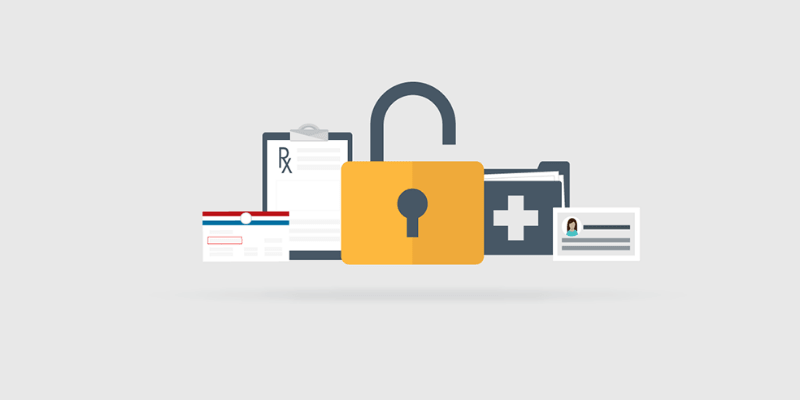
Protected Health Information is patient data that HIPAA safeguards to maintain your information’s confidentiality. In simpler terms, PHI consists of any patient information that can verify an individual’s identity and is protected by laws. A reliable company in healthcare app development ensures their applications adhere to HIPAA regulations for safeguarding PHI and upholding patient confidentiality.
Covered Entity

To explain, a covered entity can access PHI; it is an individual in a healthcare field. With this in mind, the covered entities are normal activities that create, maintain, or transmit PHI, commonly including doctors, clinics, pharmacies, etc. Moreover, for example, a covered entity is the hospital responsible for implementing and enforcing HIPAA complaint policies.
Business Associate

Another key point is that business associates are responsible for maintaining HIPAA compliance as covered entities; they work with a covered entity. Significantly, any 3rd party organization handles individually identifiable health data on behalf of a covered entity. Altogether, they work in the healthcare industry and have access to PHI, where the business associates are lawyers, accountants, administrators, and IT personnel.
What is the HIPAA privacy rule?
First, the HIPAA privacy and security rules form the foundation of the HIPAA regulations. Equally important, the privacy rules explain how the healthcare professionals, lawyers, or anyone who accesses your PHI.
What information does the privacy rule protect?
The HIPAA privacy rule also protects patients from stored or transmitted data by a covered entity or their business associates in any form or media.
Similarly, the individual ‘identifiable health information’ stores the past, present, and future health conditions. It ensures that all the data are secured.
The HIPAA secures the patient’s data, including:
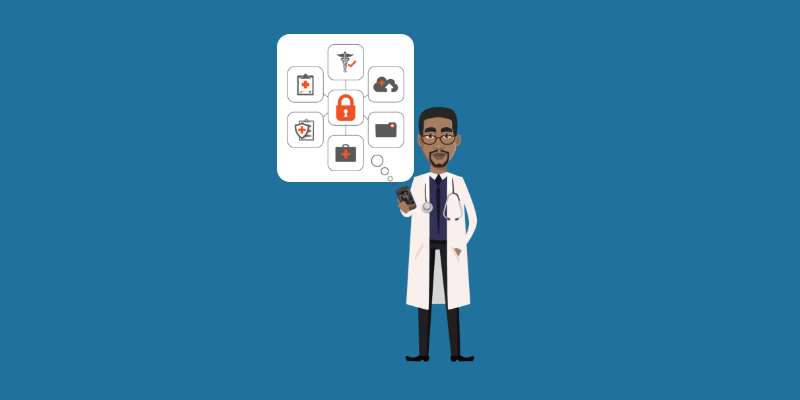
- Names
- Birth, death or treatment dates, and any other data relating to a patient’s illness or care
- Contact information: telephone numbers, addresses, and more.
- Social security numbers
- Medical record numbers
- Photographs
- Finger and voiceprints
- It secures the account number and any other unique identifying number.
What does the HIPAA privacy rule apply?
- Doctors
- Psychologists
- Clinics
- Dentists
- Chiropractors
- Nursing homes
- Pharmacies
- Health plan
- Health insurance companies
- HMO’s
- Company health plans
- The government provides health care plans
- Health care clearinghouse
- It processes healthcare data from another entity into a standard form.
What private rights exist for health data?
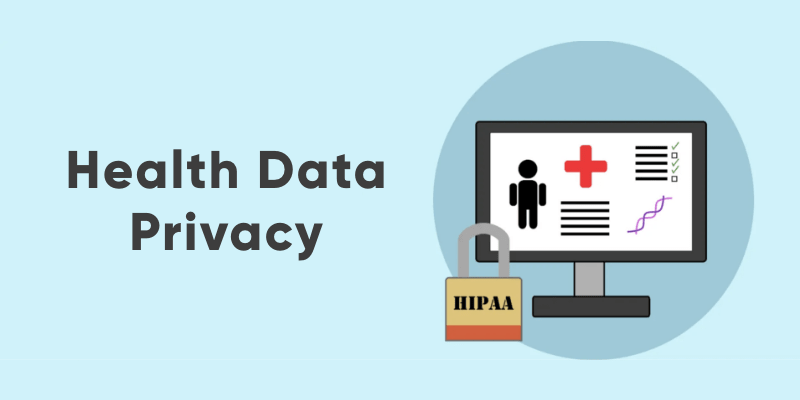
Uniquely, the privacy rule gives patients the right to receive a notice of privacy practices (NPP). Correspondingly, the document defines how healthcare providers protect patient privacy. Above all, it focuses on individual privacy issues and concerns, prompting users to open discussions with health plans and healthcare providers to use their privacy rights.
- Access to their health records
- Make changes to their PHI
- Records of disclosure
- Doctor-patient communications
What is the HIPAA Omnibus Rule?
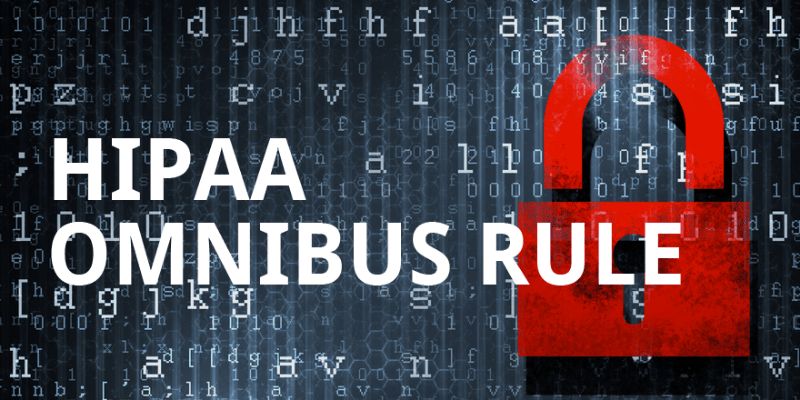
Notwithstanding, the HIPAA Omnibus Rule clarifies and updates several previous definitions and covers many more organizations and individuals. Then again, this rule updates the breach notification rules and prohibits using genetic information for underwriting insurance policies.
- Introduction of the final amendments as required under the HIPAA Act.
- Incorporation of the increased, tiered civil money penalty structures as required by the HIPAA act.
- The Omnibus Rule Introduce changes to the final rule on Breach Notification and for Unsecured ePHI under the HIPAA Act.
HIPAA final omnibus rule: The HIPAA omnibus rule makes an additional requirement for covered entities and business associates affected by HIPAA.
Refresh your BAA – Omnibus rule updates your Business Associate Agreements
Send new BAA copies – Get signed copies of the new BAA to stay compliant.
Refresh your privacy policy– Omnibus changes reflect the Privacy policies.
Update the notice of privacy practices – To cover the type of information, the NPP must be updated, opt out of correspondence for fundraising purposes, and the new breach notification requirements must be factored in.
Finalize – Conduct regular training for the staff and make sure that every staff is aware of all Omnibus Rules.
What is the HIPAA Security Rule?
The HIPAA Security rule ensures that it sets the minimum standards for covered entities to manage electronic PHI. Conversely, to ensure the confidentiality, integrity, and security of electronically protected health information, the security rules require appropriate administrative, physical, and technical safeguards.
How does the HIPAA security rule protect your data?
The security rules adhere to certain administrative process controls to verify compliance.
Security management process: Covered entities should prevent the data and correct security violations by their established policies and procedures. In like manner, the security management process accesses the overall risk in your current processes or when you implement new policies.
Assigned security responsibility: Responsible for developing and implementing the HIPAA security rule.
HIPAA determines the level of safeguards:
- Administrative safeguards
- Technical safeguards
- Physical safeguards
Administrative safeguards
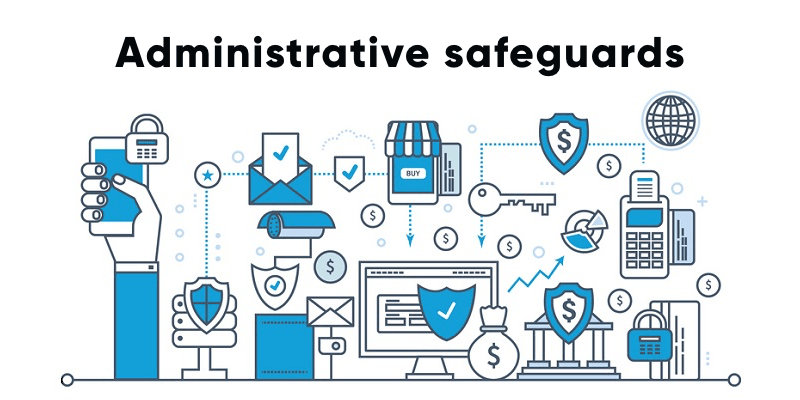
The HIPAA security rules manage the administrative safeguards’ policies and procedures, which bring the privacy and security rules together. Be that as it may, to protect ePHI the HIPAA compliance checklist assigns a security officer and a privacy officer.
Risk analysis – It analyzes the data to see the use of PHI and determines how to follow the HIPAA Act.
Risk management – It reduces risk by implementing sufficient measures at an appropriate level.
Security policy –
In emergency access, disaster recovery, and vendor management, the administrative safeguards create a security plan that covers PHI continuity.
Remember, compliance ensures you are not missing anything regarding the security rule.
Physical safeguard
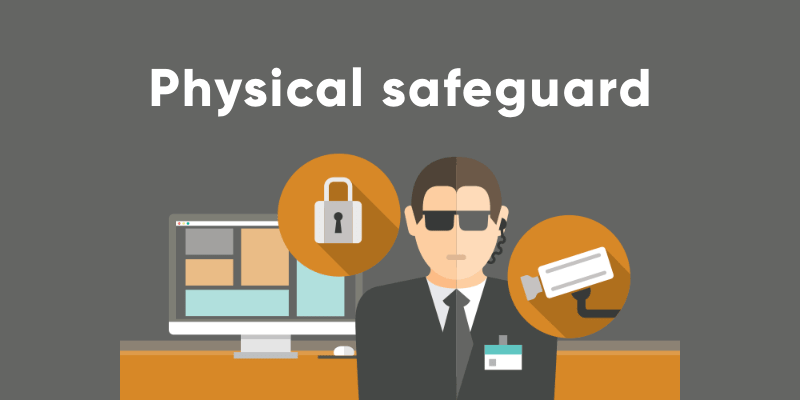
To enumerate, the HIPAA security rules pertain to physical access to PHI. Hard drives, hard-copy files, and other PHI hardware must be safeguarded. The following are the physical safeguard risk assessments.
Facility access – Reasonable measures exist to secure the medical facility from unauthorized parties. In the event of a data breach or emergency, have a policy that allows third parties access.
Workstation access – Only authorized persons can access the workstations they need. Therefore, each workstation should implement physical safeguards to protect data.
Device control – Remove the appropriate PHI if the hardware is being reused for another purpose or a workstation.
Technical safeguards
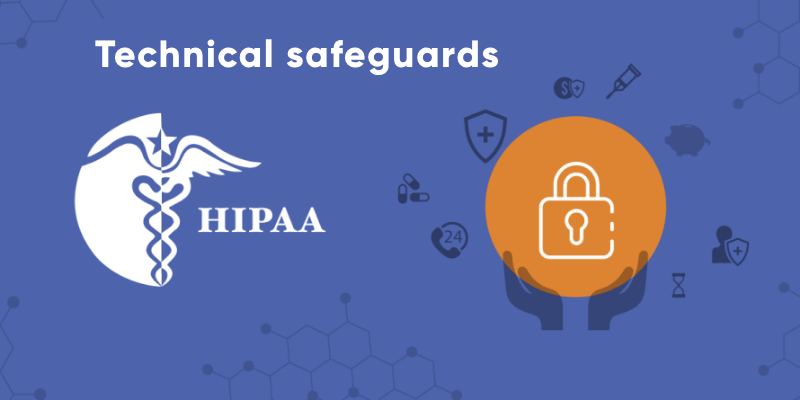
Significantly, it focuses on the technology to protect PHI and who controls and has access to those systems. Henceforth, the security rule does not require using any specific technology, and the areas in your technical safeguard risk assessment must be covered for compliance.
Audit controls – It examines records and all activity within systems that contain or use PHI.
Authentication – If the person accesses PHI via technology systems it implements procedures. Henceforth, it includes secure logins, passwords, and the like.
Data integrity – Accordingly, it verifies and collaborates to see that there isn’t any altering or destroying of PHI in an unauthorized way.
Transmission security – Consequently, it ensures that the PHI data is encrypted and electronically transmitted for security reasons.
HIPAA standard transactions
HIPAA adopts the standards for transactions that any covered entity exchanges information with another covered entity or business associate using a standard protocol.
Standard transactions include:
- Claims and encounter information
- Payment and remittance advice
- Claims status
- Eligibility
- Enrollment and disenrollment
- Referrals and authorization
- Coordination of benefits
- Premium payment
Final thoughts
HIPAA compliance checklist strategies will provide you with complete risk management. Ensure your entity’s compliance with the Privacy Rule by appointing a privacy officer. Don’t take chances with serious penalties, and follow the HIPAA Compliance Checklist that helps protect patient data and against a HIPAA violation.
Contact us to learn more about healthcare app development services!
FAQs
What is HIPAA?
HIPAA (Health Insurance Portability and Accountability Act) is a U.S. law that protects sensitive patient health information.
Who needs to be HIPAA compliant?
Healthcare providers, insurers, business associates, and any organization handling protected health information (PHI).
What is PHI?
PHI includes any health-related data that can identify an individual, like medical records, billing info, or insurance details.
What are the main HIPAA rules?
The Privacy Rule, Security Rule, and Breach Notification Rule are the core components of HIPAA compliance.



